
How Thankfulness Transforms the Mind, Body, and Spirit as We Grow Older
As we age, many of us find ourselves reflecting more deeply on what truly matters — relationships, purpose, peace, and joy. But there’s one simple yet powerful practice that science confirms can enhance nearly every area of life: gratitude.
Gratitude is more than saying “thank you.” It’s a mindset, a lens through which we see the blessings in our everyday experiences — even in the midst of life’s challenges. Research continues to show that cultivating gratitude improves both physical health and emotional well-being, especially in older adults. It’s one of the most effective, natural ways to age vibrantly — with greater happiness, resilience, and spiritual vitality.
Let’s take a closer look at the science behind gratitude and how you can bring more of it into your daily life as you age gracefully and joyfully.
🧠 1. Gratitude and the Brain: Rewiring for Joy
Modern neuroscience reveals that gratitude actually changes the structure and function of the brain. When you focus on what you’re thankful for, your brain releases feel-good chemicals like dopamine and serotonin — the same neurotransmitters that help combat depression and anxiety.
A study at the University of California, Berkeley, found that people who practiced regular gratitude journaling showed increased activity in the prefrontal cortex, the part of the brain responsible for decision-making and emotional regulation. This means gratitude literally strengthens the brain’s ability to handle stress, make balanced decisions, and stay calm during difficult times.
In aging adults, these brain benefits are especially significant. Gratitude helps:
- Improve cognitive flexibility and memory
- Reduce the effects of chronic stress on the brain
- Promote optimism and a sense of purpose
When we give thanks, we’re not just thinking happy thoughts — we’re reshaping the brain for peace and joy.
💓 2. The Heart Connection: Gratitude and Physical Health
Gratitude’s benefits don’t stop at the brain. Studies show that grateful people tend to have lower blood pressure, healthier cholesterol levels, and stronger immune systems. Researchers at the University of California, Davis, found that people who kept a daily gratitude journal experienced better sleep, fewer aches and pains, and a stronger sense of vitality.
Gratitude helps activate the parasympathetic nervous system — the body’s natural relaxation response — which lowers heart rate and blood pressure. This means that regularly practicing gratitude can have similar effects to deep breathing or meditation.
In one study, patients with heart failure who practiced daily gratitude exercises reported better overall heart health and fewer symptoms over time. Gratitude seems to soothe the heart both emotionally and physically.
💡 Try This: Before bed, take a few deep breaths and mentally list three things you’re grateful for that day — big or small. You might be surprised how peacefully you fall asleep.
😌 3. Emotional Well-Being: Gratitude as a Mood Lifter
Gratitude has been linked to lower rates of depression, loneliness, and anxiety — all common emotional challenges for older adults. By focusing on what’s good, gratitude gently redirects the mind away from what’s missing or painful.
Psychologist Robert Emmons, one of the leading researchers on gratitude, found that people who regularly practice thankfulness feel 25% happier and report greater satisfaction with life. Gratitude also helps cultivate resilience, the ability to bounce back from stress, loss, or change.
As we age, our world can shrink — children grow up, careers end, health changes — but gratitude helps us see the abundance that remains. It reminds us that life is still rich with beauty, love, and meaning.
💬 Reflection Question: What blessings have come into your life through a challenge or loss?
Sometimes, gratitude grows strongest in the soil of adversity.
🤝 4. Gratitude Strengthens Relationships
The practice of gratitude doesn’t just make us feel good — it strengthens our bonds with others. When we express appreciation to friends, family, or caregivers, it builds trust and emotional connection.
Older adults who actively express gratitude in relationships report stronger social support networks, higher levels of happiness, and less loneliness. Saying “thank you” is more than good manners — it’s an act of love that enriches both giver and receiver.
💡 Faith Connection: In 1 Thessalonians 5:18, Paul reminds us, “Give thanks in all circumstances; for this is God’s will for you in Christ Jesus.” Gratitude is a spiritual practice that keeps our hearts open to God’s love and to others.
🌼 5. Gratitude and Aging Gracefully
The practice of gratitude helps us embrace the aging process with grace. Instead of focusing on what we’ve lost, gratitude invites us to celebrate what we’ve gained — wisdom, perspective, faith, and time for deeper connections.
In a world that often glorifies youth, gratitude helps us shift the narrative. It teaches us to see aging as a gift — a chance to live more intentionally, love more deeply, and savor the simple joys of each day.
Scientific studies affirm that older adults who cultivate gratitude tend to:
- Experience less chronic pain and inflammation
- Engage more in positive health behaviors
- Live longer, healthier lives
Gratitude truly supports whole-person wellness — mind, body, and spirit.
✨ 6. Simple Daily Gratitude Practices
Here are a few simple ways to infuse gratitude into your daily routine:
| Practice | Description | When to Try It |
|---|---|---|
| Gratitude Journal | Write down 3–5 things you’re thankful for each day. | Morning or bedtime |
| Thank-You Notes | Send a short note or text expressing appreciation. | Once a week |
| Mindful Gratitude Walk | As you walk, name the things around you that bring joy. | Outdoors, anytime |
| Gratitude Jar | Add small notes of gratitude throughout the week; review monthly. | At home |
| Prayer of Thanks | Spend time thanking God for blessings, both seen and unseen. | During devotion time |
Small moments of thankfulness, practiced consistently, build a lasting attitude of gratitude.
🌺 7. The Spiritual Dimension of Gratitude
Gratitude is deeply spiritual. It connects us to God, to others, and to creation itself. When we give thanks, we acknowledge that life is a gift — not something we control, but something we receive with open hands.
For Christians, gratitude is both worship and witness. It opens our hearts to God’s goodness and allows His joy to overflow into the lives of others. A grateful heart shines as a light of hope in a world that often focuses on scarcity.
🕊️ Faith Reflection: Gratitude transforms prayer from a list of requests into a song of praise. Try beginning your prayers not with “Lord, I need…” but with “Lord, thank You for…”
🌻 Final Thoughts: Gratitude as a Fountain of Youth for the Soul
While gratitude may not erase wrinkles or turn back the clock, it renews the heart and mind — and that’s where true vitality begins. When we choose gratitude, we awaken to the gifts around us: the warmth of a morning sunbeam, the laughter of a grandchild, the steady beat of our own heart.
Science confirms what Scripture has long taught — that thankfulness brings healing, joy, and peace.
As Psalm 92:1 says, “It is good to give thanks to the Lord, to sing praises to Your name, O Most High.”
Each day we give thanks, we add more life to our years — and more joy to our journey.
🌿 Tips to Share:
- Keep a gratitude journal — jot down three blessings each day.
- Express thanks to someone new each week.
- Begin each morning with one simple prayer of gratitude.
- Turn challenges into opportunities to look for hidden blessings.
Please share how you are going to practice Gratitude in the week ahead.
🌸 Looking Ahead:
Next week’s post will explore “How to Sleep Better in the Fall Season."
Learn More about your Parasympathetic Nervous System here....
Subscribe to Aging Vibrantly Quarterly
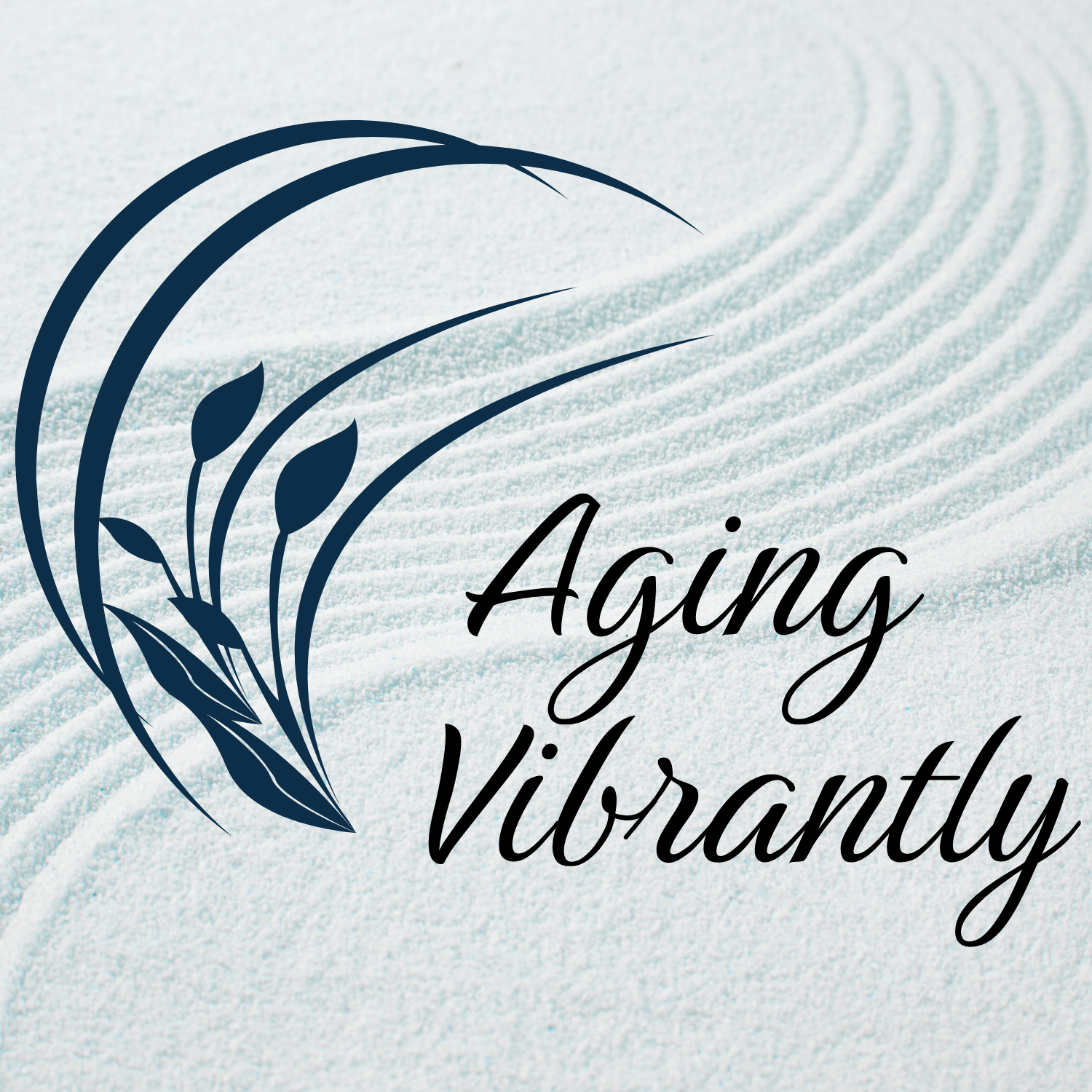

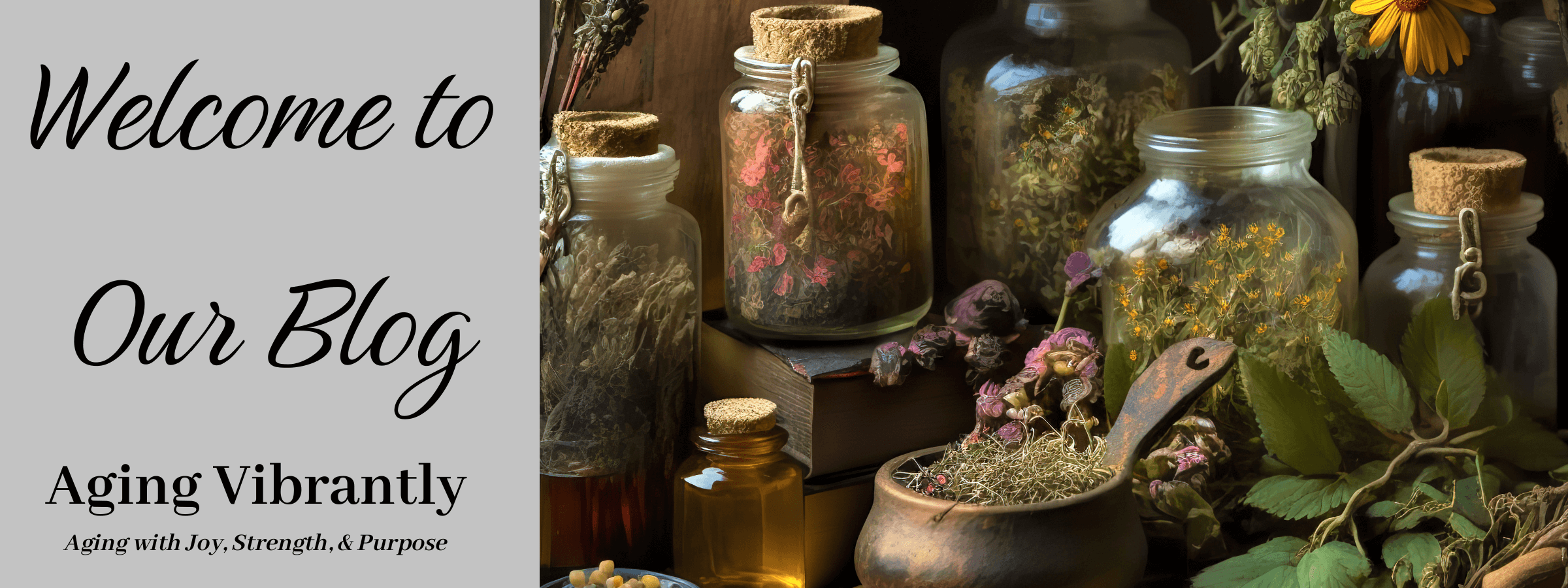

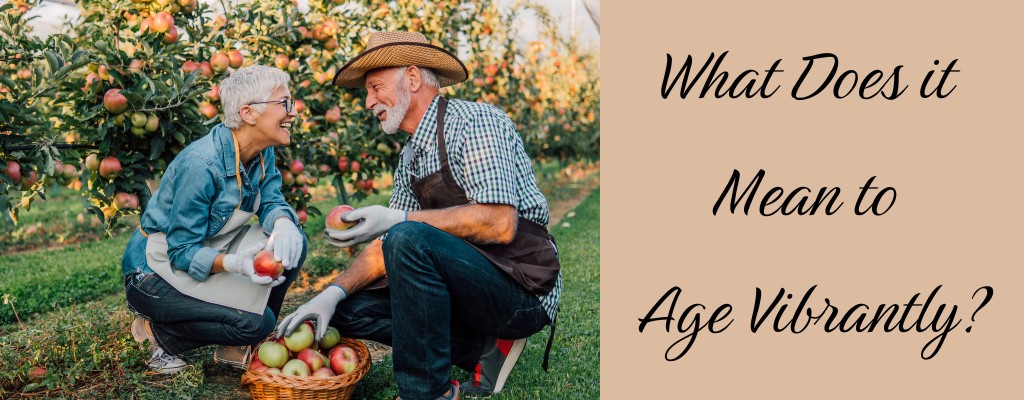

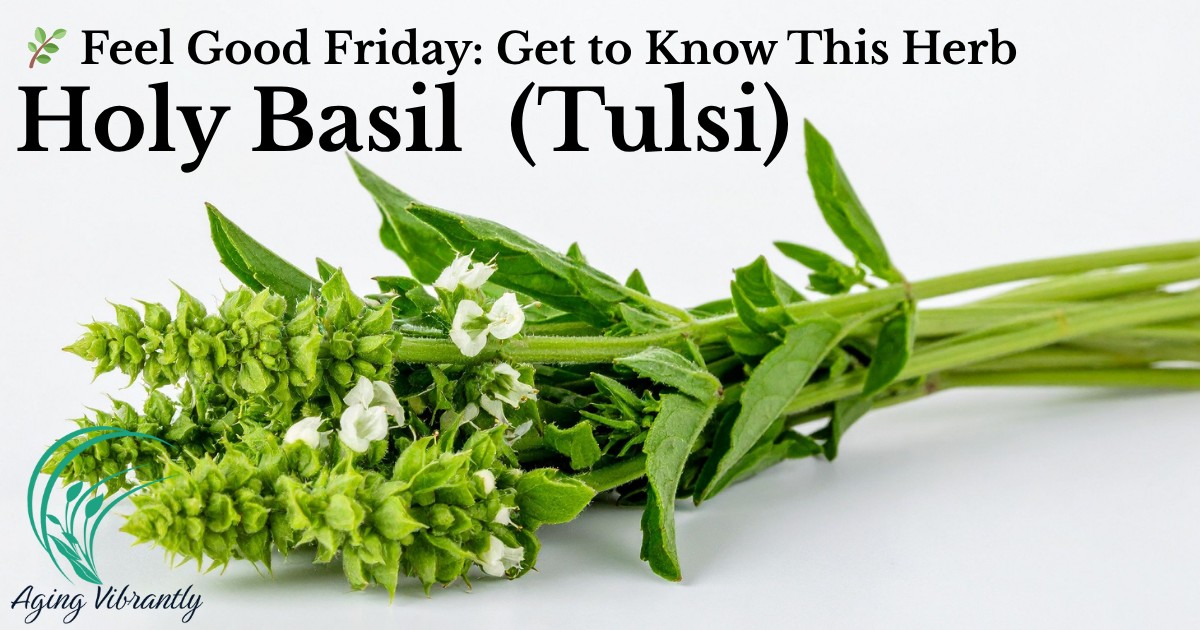


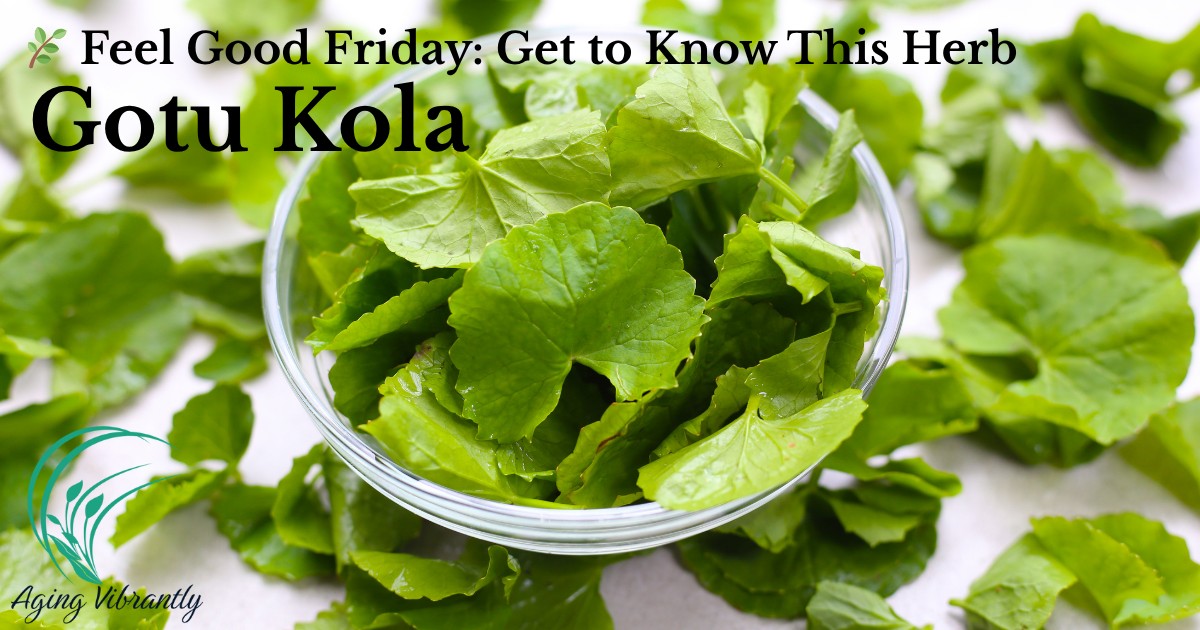
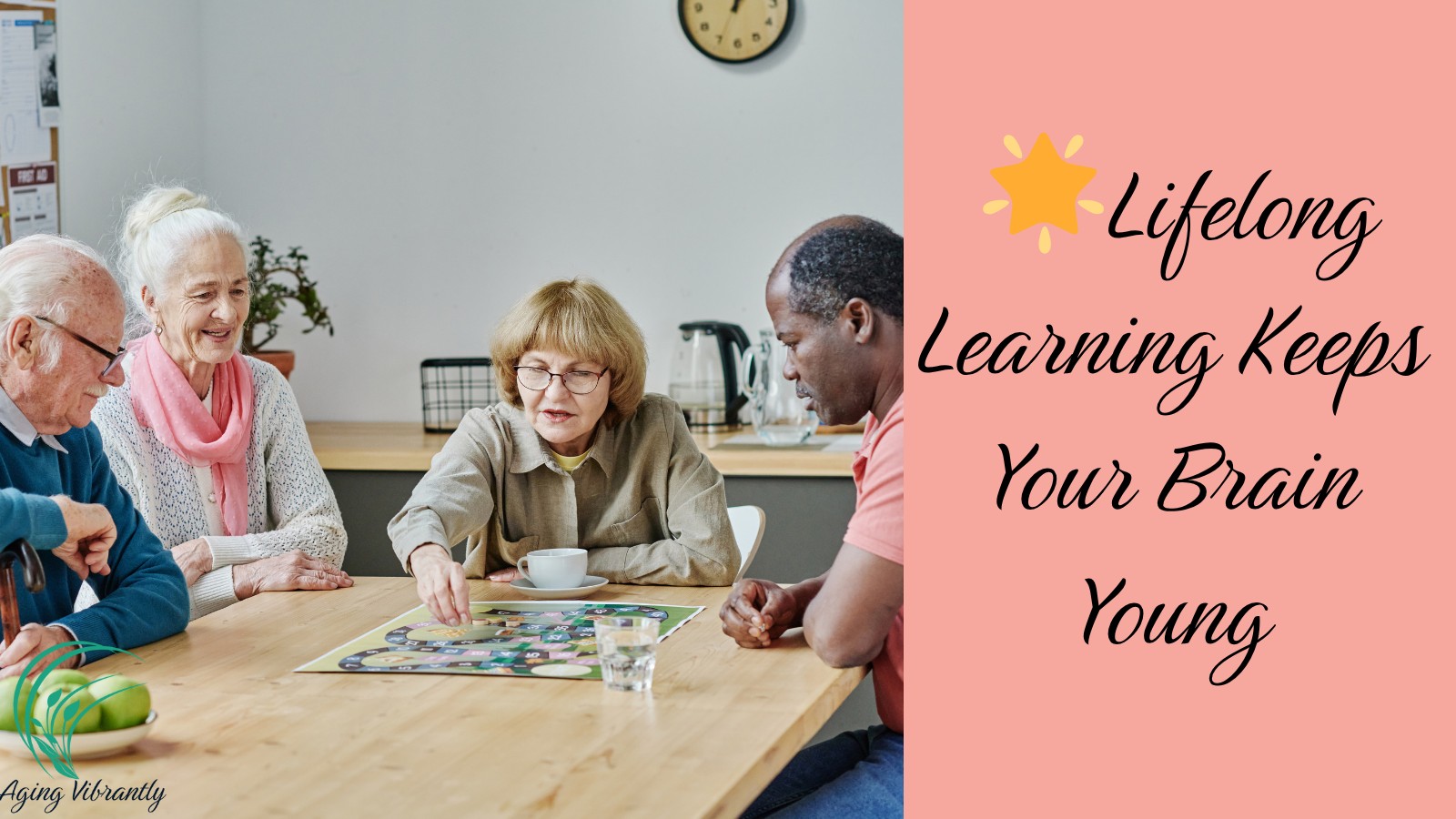
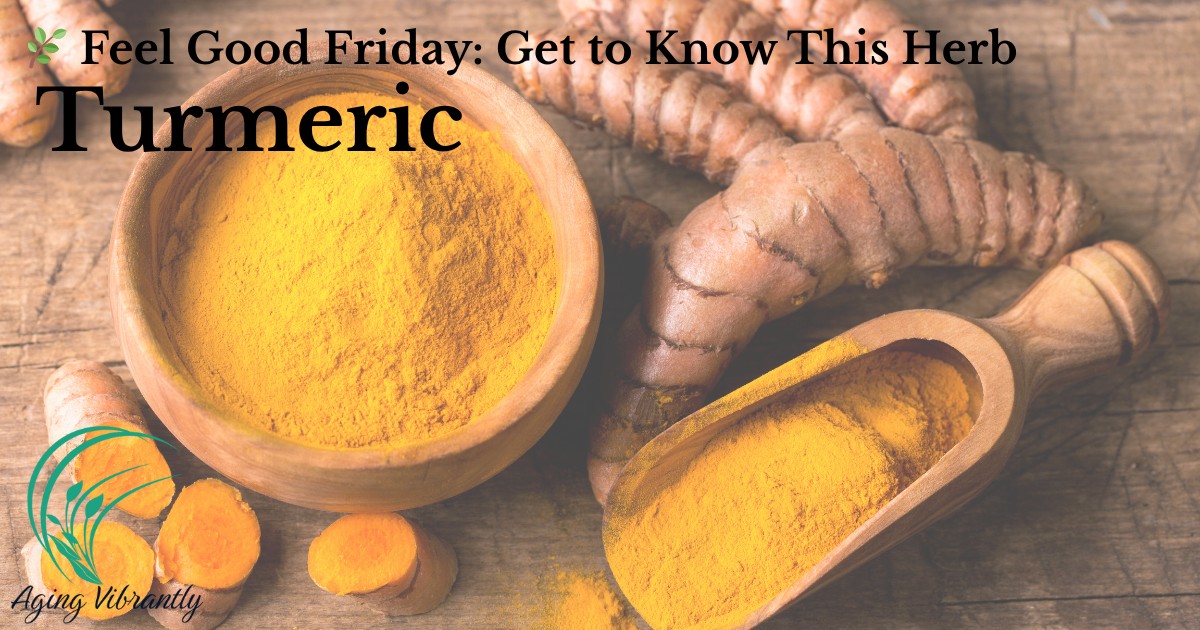
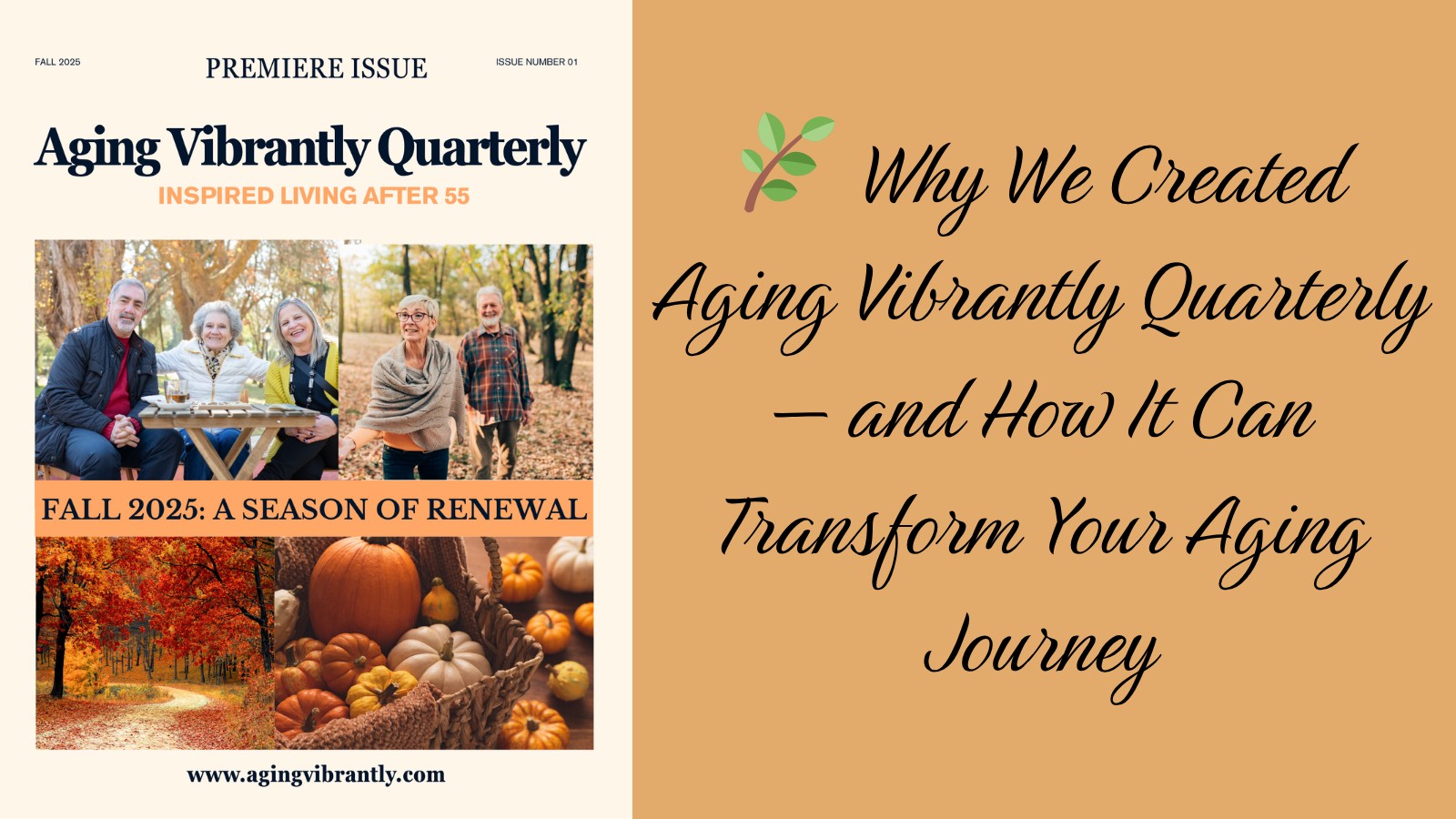
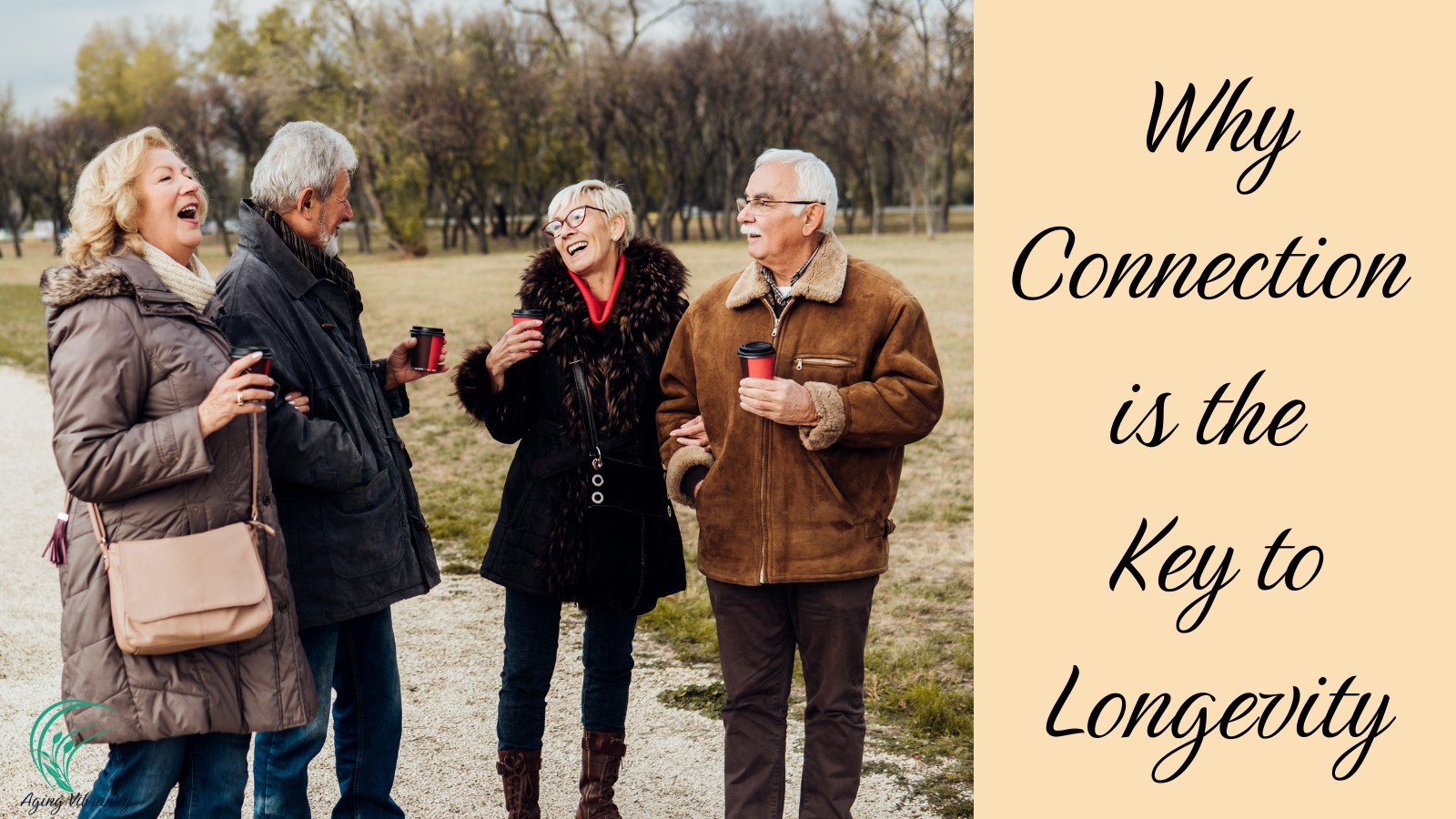
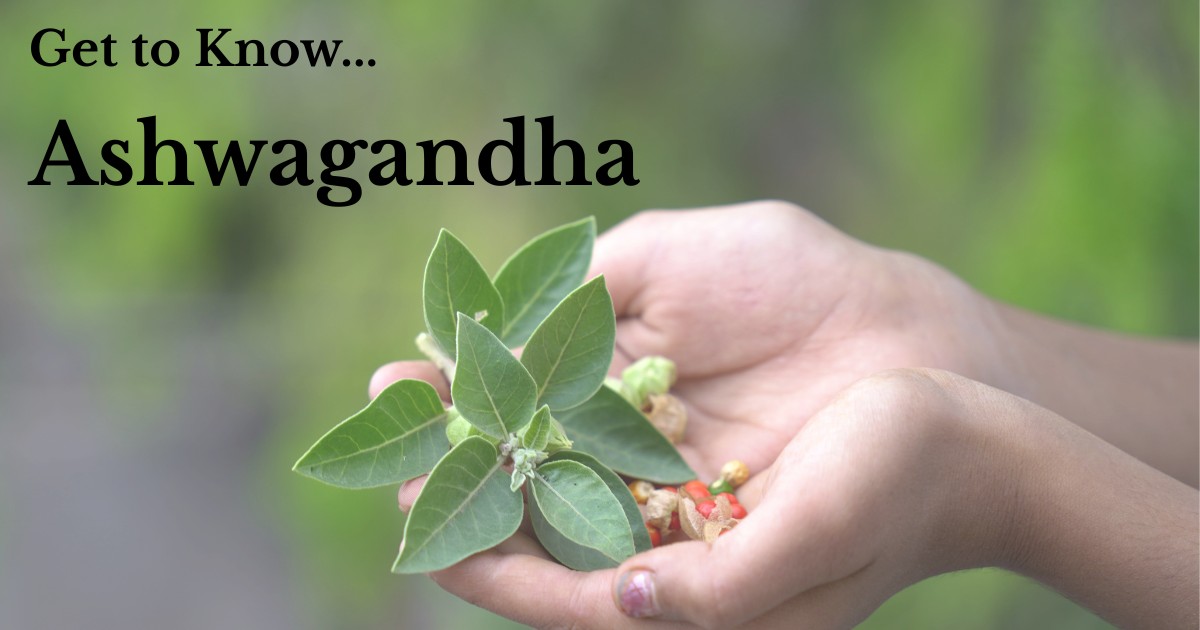
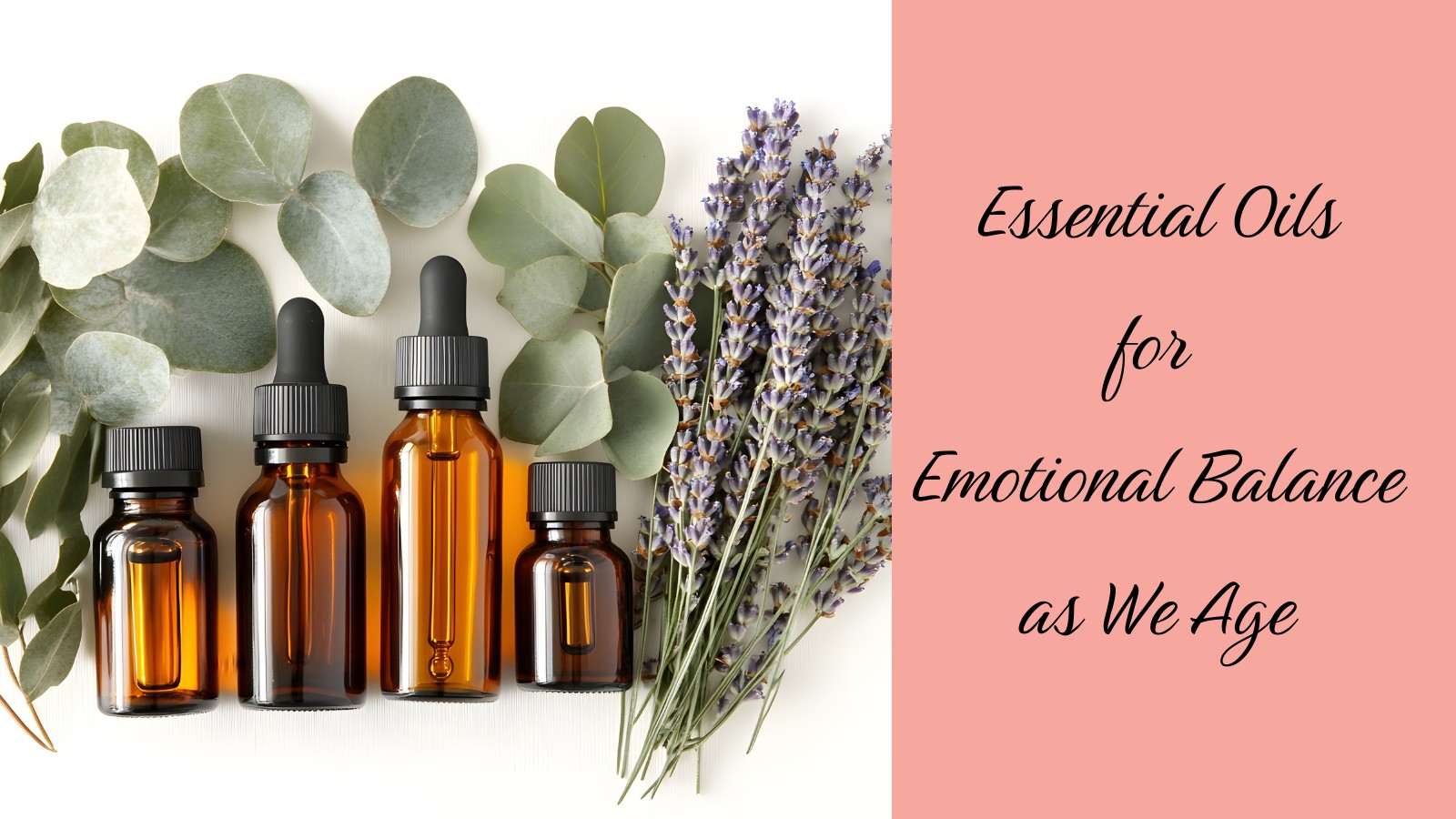

0 Comments